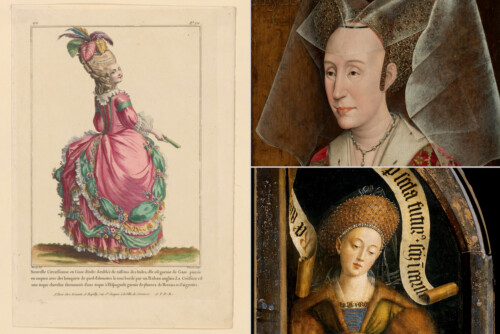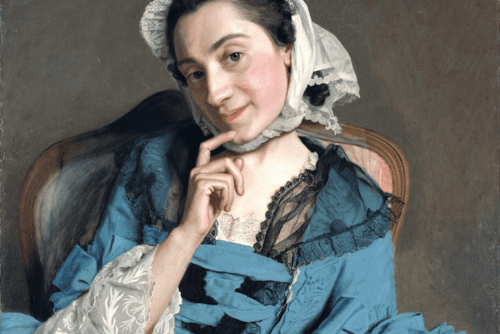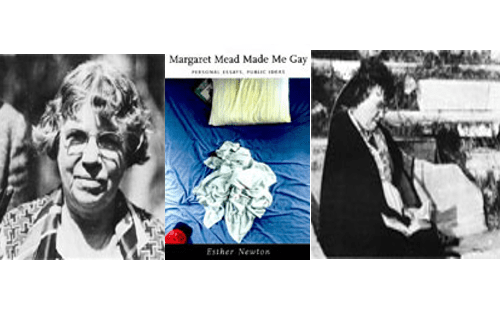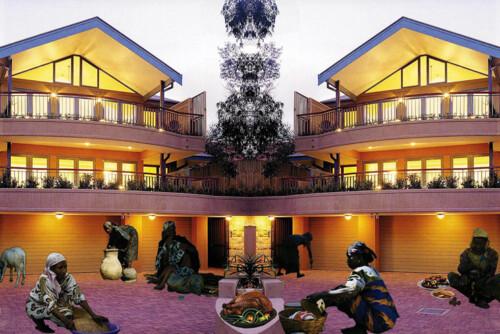Isabel entertained extremely close relations with younger female relatives whom she treated as daughters. Isabel of Bourbon (1465), Charles’s second wife and cousin, was raised in the ducal household and Isabel cared for her from childhood to marriage; when her daughter-in-law fell ill, Isabel nursed her night and day until her death. Isabel of Bourbon’s own mother had returned to the Brussels court where she lived with her brother the duke, and the ill-fated young woman stated that Isabel had been more mother to her than her birth mother.1 Isabel remained close to her granddaughter Mary, and became a mentor to her last daughter-in-law, Margaret of York, who later, as a widow, proved her own mettle as a political figure and woman of action. Margaret was an attentive stepmother and mentor to the orphaned child Mary; the three women thus forged an intense bond during joint sojourns at la Motte-au-Bois, especially their sojourn in 1469. Isabel was also protective of her Portuguese kin in Burgundy, in particular her niece Beatriz of Coimbra; a letter of 31 July 1431 to the chapter of Saint-Pierre in Lille inviting them (insistently) to the wedding of her protégée Beatriz of Sousa typified her solicitude.2
From her marriage in 1430 to the late 1440s, often with Philip’s aid, Isabel invested in foundations that bespoke a commitment to the devotio moderna. She took many initiatives that combined religiosity with charity towards women – in 1437, she refurbished the Hospital of Saint-Jacques of Lille, funding the rebuilding of a wing to house pilgrims on their way to the holy site, and adding a maternity hospital for poor women.3 The duke and duchess offered patronage to Colette of Corbie, later supported by Margaret of York and Mary of Burgundy.4 Isabel was fully involved in the 1445 campaign to found a Clarist convent in the saint’s native town of Corbie over the stubborn opposition of the monks of the town’s ancient abbey. The duchess took the matter all the way to the Pope, whom she persuaded to embrace her side. While the conflict extended beyond Isabel’s life, her efforts exemplify a commitment to women’s reformed orders in her day, as well as the Burgundian strategic co-opting of venerated women religious, evident with respect to Colette’s role in Burgundian politics.5
After 1438, Isabel helped found a convent of Brigittine nuns in Termonde. Birgitta of Sweden’s (1302–1373) works Revelation and Rule were translated for her in 1438, as reported in the ducal accounts.6 Not coincidentally, copies of Birgitta’s works were also in the library of Cicely Neville, mother of Margaret of York, whose household ordinances included the Revelacions of Saint Bridget, and her seventh granddaughter, child of Edward IV, was named in veneration of the saint.7 Birgitta was actively worshipped by pious women focused on the Body of Christ and the material symbolization of his humanity through the Host, a sensibility elicited by the corporeal detail in Birgitta’s Prayers, in which she invokes the limbs and body of Christ. Neither Gerson’s campaign against Birgitta, nor her conflicts with sections of the clergy while in Rome, prevented her influence among aristocratic devout women like Isabel or Neville. England made Birgitta a patron saint,8 and the fifteenth-century Low Countries revered her. While Isabel was generally orthodox in her religious policies,9 she nonetheless endorsed the women reformers of her time, including Birgitta, whom one scholar calls a “mariocentric feminist.”10
In 1451, Isabel acquired abandoned lots inside Lille to found a Convent of Gray Sisters whom she helped adopt the rule of the Poor Clares, a rapidly growing order in Northern France and the Netherlands. Foundations of Gray Sisters remained a constant in Isabel’s devotional life. During her 1466 retreat to her own lands, Isabel founded a “petit couvent de grises sereurs” (a small convent of Gray Sisters) in Bethune under the patronage of Saint Andrew “with all charges and duties relieved by Charles, lord over Bethune.”11 On 10 May 1456, Philip and Isabel ordered the foundation of the women’s convent of Our Lady of the Rose Planted in Jericho in Brussels, merging two nearby convents, the White Sisters of the Order of Saint-Victor and the Augustinian nuns of Our Lady of the Hermitage. In 1459, Jericho’s canoness regular Maria van Pee began the woman-authored tradition of writing down confessors’ sermons in the vernacular.12 After many visible acts of patronage during her years at court, Isabel’s 1457 retreat and her final years in her own residences evidence a devotional trajectory that remains almost invisible. Du Clercq’s error was predictable, given that the blending of personal and familial devotional practice in her private residences and foundational activity close to them reflected the complex pairings, and eventually, inversions, of private and public in relation to power, as Sarah Stanbury and Virginia Raguin underline.13 Isabel’s patronage of women’s orders and charitable institutions in the Low Countries thus evokes an invisible community made up of a genealogical chain of women. Whether Isabel knew it or not, the same institutions were originally supported and funded by the thirteenth-century ruling countesses of Flanders, the sisters Joan and Margaret.14 And after Isabel’s death, Margaret of York, as duchess consort, devolved her energies to charitable works, including the cult of Saint Colette of Corbie and the Gray Clares.15
Isabel’s role within fifteenth-century Burgundy’s famed artistic production has been often overlooked. This neglect reflects long-standing tensions around the respective values of art and craft and, thus, the dismissal as insignificant of women patrons who more frequently commissioned art as usable artifacts, especially for religious purposes, than towering monuments. Isabel was no exception in this respect, but she did oversee the creation of one major monument, representing the duke in 1453 to 1454 in his commission of the tomb to the memory of his ancestor Louis de Male in Lille’s church of Saint Pierre. Count Louis; his wife, Margaret of Brabant; their daughter Margaret of Flanders, who was Philip’s grandmother; and many members of Philip’s Burgundy and Flanders lineage, including women in high court dress, were to be depicted in detail in the sculptures. With the autonomy of a noblewoman beholden to her aristocratic birth family before that of her husband Duke Philip the Bold, Margaret of Flanders chose to be buried there rather than with him in Champmol.16 Isabel negotiated with the Brussels coppersmith Jacques de Gérines to create the three main statues with brass inscriptions and the brass arcade with twenty-four descendants. Two more monumental tombs were later made on this successful model, one for the duke’s great-aunt and one for his daughter-in-law Catherine of Valois (1428–1446).17 All three monuments were destroyed during the French Revolution. Isabel’s role in the Lille tomb monument project enacted the genealogical chain of aristocratic women charged with keeping visible the dynastic transmission of family memory and likeness.
Isabel’s role in the book arts has been disadvantageously contrasted with that of her daughter-in-law Margaret of York, whose cultural and aesthetic impact on manuscript illustration was substantial.18 While Isabel’s library holdings may not have been extensive, they reflected piety, spiritual concerns, interest in early humanism, and a sheer love of books as artifacts. Further, they stood in addition to the duke’s well-stocked libraries, as Philip had acquired over a thousand volumes including devotional works by saints Elizabeth of Hungary, Catherine of Siena, and Birgitta of Sweden.19 Charity Cannon Willard nonetheless reconstituted Isabel’s personal library from posthumous inventories, account books, and repositories in Portugal. Ducal libraries were fully accessible to the duchesses and created a familiar milieu of intellectual production for them. The duchesses may have played the role of behind-the-scenes commissioners and discretely added certain works to the holdings. For instance, Willard suggests that Isabel may have been involved around 1456 in the acquisition of a group of manuscripts that stand out for their modest and unadorned style, in contrast to the more splendid volumes in the duke’s library, and that include Miélot’s translation of Denis de Ryckel’s Quatre dernières choses and Miélot’s Moralités et traités de la science de bien mourir.20 Isabel was involved at many levels in literary pursuits, and some had far-reaching implications for the genealogy of a reading community of aristocratic women. In 1468, she commissioned the Portuguese translation of Thomas à Kempis’s Imitation of Christ by Brother Joan Alvaro, chaplain of her slain brother Fernando, whom she assisted in effecting religious reforms and obtaining papal dispensation.21 This work was to considerably influence Iberian spirituality, including that of Teresa of Ávila. While the books Willard lists are apparently canonical and written by men, they evoke the spiritual choices and sensibilities of fifteenth-century women who read authoritative texts to deepen their own spiritual reflection and devotional practices, and to explore the theological tenets of religious communities. They also reflect what Nancy Bradley Warren describes as “the far-reaching scope of the political spheres both ecclesiastical and secular in which medieval and early modern female spiritualities are so intimately imbricated.”22
Notable in Isabel’s collection is a copy of Christine de Pizan’s 1405 Livre des Trois Vertus, a work that provides useful political advice to queens and high-ranking ladies. Christine dedicated the work to the young Margaret of Burgundy (1393–1442), sister to Philip the Good and Isabel’s sister-in-law. Once betrothed to King Charles VI’s son Charles (1392–1401), Margaret later married the latter’s brother, the dauphin, Duke Louis of Guyenne (1397–1415). When Christine dedicated her Trois Vertus to Margaret, she believed she was addressing the future queen of France. Instead, Louis of Guyenne died before he could mount the throne. Isabel sent another copy of the Trois Vertus to her niece, Queen Isabel of Portugal (1432–1455), oldest daughter of Pedro da Coimbra. The lessons of the work did not, however, benefit the younger Isabel; she had married her cousin King Afonso V, who brought about her father’s demise. She then met an early and mysterious death after having her father exonerated and reburied. The work was among the first publications printed in Portugal in 1518, under the patronage of Queen Leonor, widow of Queen Isabel’s son King João II. Isabel’s copy was acquired shortly after her arrival at the Burgundy court, according to an entry in the ducal accounts that notes the acquisition of four volumes bought from the governor of Lille, Baudouin d’Oignies, who occupied that post from 1435 to 1459 and was also Isabel’s personal maître d’hôtel.23 Isabel’s collection, commissions, and gifts of books thus connect her to an invisible textual community of women that extends across generations and borders.
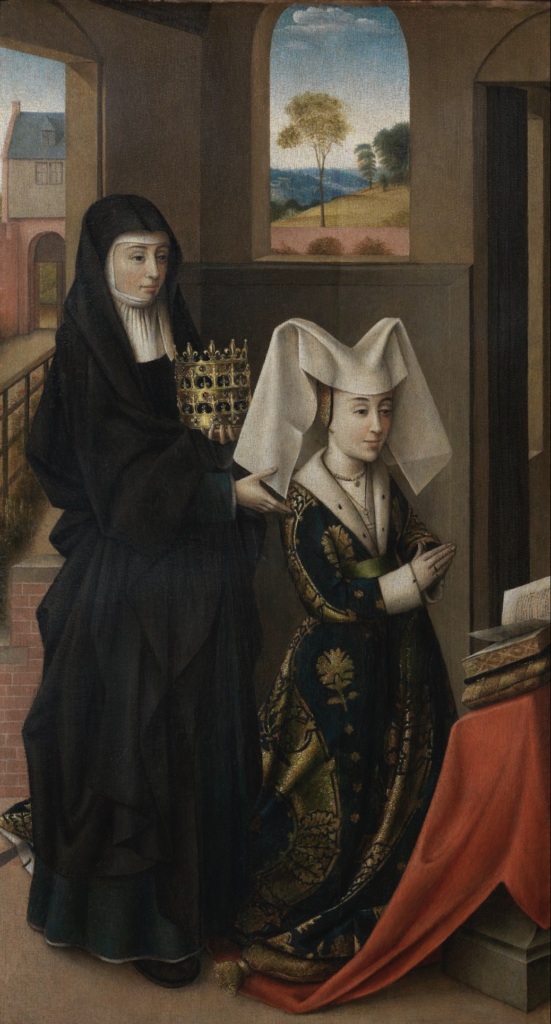
- Du Clercq, Mémoires, 281. [↩]
- Sommé, ed., Correspondance, 5. [↩]
- Willard, “Patronage of Isabel of Portugal,” 316. [↩]
- Andrea Pearson, Envisioning Gender, 33n9. [↩]
- Nancy Bradley Warren discusses the political usefulness of Saint Colette’s role after the 1435 Treaty of Arras ended the advantageous relation of Flemish cities with English wool production and brought about unrest and riots against Philip; Women of God and Arms: Female Spirituality and Political Conflict, 1380–1600 (Philadelphia: University of Pennsylvania Press, 2005), 32. [↩]
- Sommé, Femme au pouvoir, 452n15. [↩]
- C.A.S. Armstrong, “The Piety of Cicely, Duchess of York: A Study in Late Medieval Culture,” in England, France and Burgundy in the Fifteeenth-Century (London: Hambledon Press, 1983), 142, 149–51. [↩]
- Nancy Bradley Warren, The Embodied Word: Female Spiritualties, Contested Orthodoxies, and English Religious Cultures, 1350–1700 (Notre-Dame: University of Notre-Dame Press, 2010), 222–3. [↩]
- For her advocacy of the Burgundian crusade, see Schulz, Andreaskreuz, 99–114. [↩]
- Kari Elisabeth Børresen, “Religious Feminism in the Middle Ages: Birgitta of Sweden,” in Maistresse of My Wit: Medieval Women, Modern Scholars, eds. Louise d’Arcens and Juanita Feros Ruys (Turnhout: Brepols, 2004), 300–3. [↩]
- Monique Sommé, “Mère et fils,” 118–19. [↩]
- Patricia Stoop, “Sermon-Writing Women: Fifteenth-Century Vernacular Sermons from the Augustinian Convent of Jericho in Brussels,” Journal of Medieval Religious Cultures 38, no. 2 (2012): 211–32. [↩]
- Virginia Raguin and Sarah Stanbury, “Introduction,” in Women’s Space: Patronage, Place, and Gender in the Medieval Church, eds. Virginia Cieffo Raguin and Sarah Stanbury (Albany, NY: State University of New York Press, 2005), 3–5. [↩]
- Ottó Gecser, The Feast and the Pulpit: Preachers, Sermons, and the Cult of St. Elizabeth of Hungary, 1235–ca.1500 (Spoleto: Fondazione Centro Italiano di studi sill’alto medioevo, 2012), 44–5. [↩]
- Warren, Women of God, ch. 2. [↩]
- The Charterhouse of Champmol was built under Philip the Bold as the ducal mausoleum. It included the Moses Fountain by Klaus Suter and his associates. See Blockmans and Prevenier, Promised Lands, 75. See Willard, “Patronage of Isabel of Portugal,” for Isabel’s role in this and other commemorative tomb projects, 312–13. [↩]
- Ludovic Nys, “Art in the Court of Flanders at the Time of the Marriage of Philip the Bold and Margaret de Male,” in Art from the Court of Burgundy: The Patronage of Philip the Bold and John the Fearless 1364–1419 (Dijon: Musée des Beaux-Arts, 2004), 52–69, 60. The meticulous description of the women was done ca. 1600 in the Mémoriaux of Antoine de Succa, Recueil de dessins artistiques concernant les Pays-Bas et principalement la ville de Lille, ed. L. Quarré-Reybourbon (Paris: Plon, 1888), 17–18. [↩]
- Thomas Kren, ed., Margaret of York, Simon Marmion and the Visions of Tongdal (Malibu, CA: The [Getty] Museum, 1992). [↩]
- Sommé, Femme au pouvoir, 452. [↩]
- Willard, “Patronage of Isabel of Portugal,” 312 . [↩]
- Ibid., 310–11. Isabel’s lasting connections to Portugal through or regarding the royal family can be gendered very differently from what is discussed here. She also was a long-standing devotee of Anthony of Padua, patron saint of Portugal. [↩]
- Warren, Embodied Word, 21. [↩]
- Willard, “Patronage of Isabel of Portugal,” 310. Elsewhere, Willard asserts that Brussels, BR, Ms. 10973 belongs to an important group of Trois Vertus manuscripts most closely associated with the Burgundian court. It may be that it is the manuscript owned by Isabel. See Charity Cannon Willard, “The Manuscript Tradition of the Livre des Trois Vertus and Christine de Pizan’s Audience,” Journal of the History of Ideas 27, no. 3 (July–September 1966): 438. This manuscript is one of the three copies of the Trois Vertus that contains Christine’s dedication to Margaret of Burgundy, the others being Paris BNF ms. fr. 25294, and BNF ms. Fr 1177. It is logical that Isabel and Philip would have wanted to have a dedication copy in the ducal library, given that Margaret was his sister and Isabel’s sister-in-law. Another reason to believe that Ms. 10973 is the copy in Isabel’s library is that a note on one of the feuillets de garde states that it was “acheté du gouverneur de Lille” (bought from the Governor of Lille); Christine de Pisan, Le Livre des trois vertus: Edition critique, eds. Charity Cannon Willard et Eric Hicks (Paris: Champion, 1989), xx. [↩]
